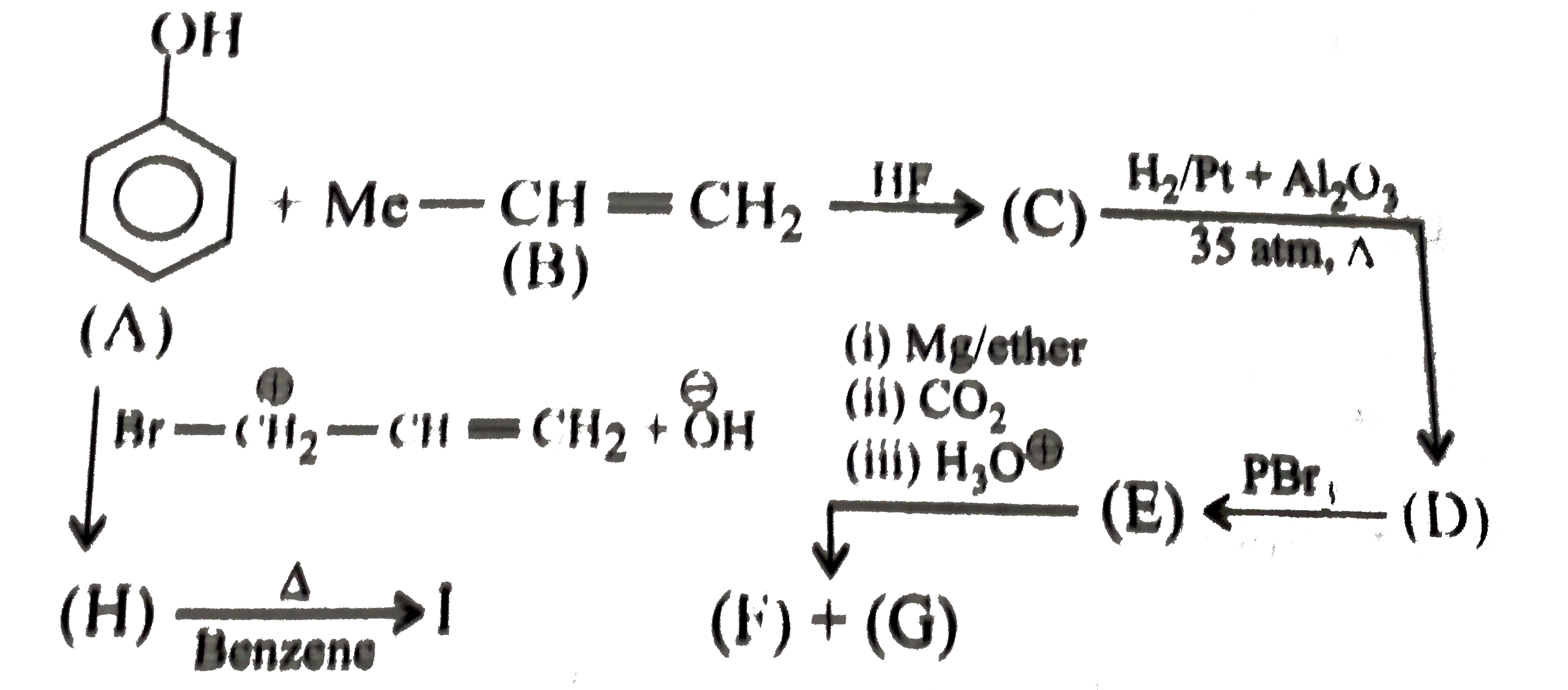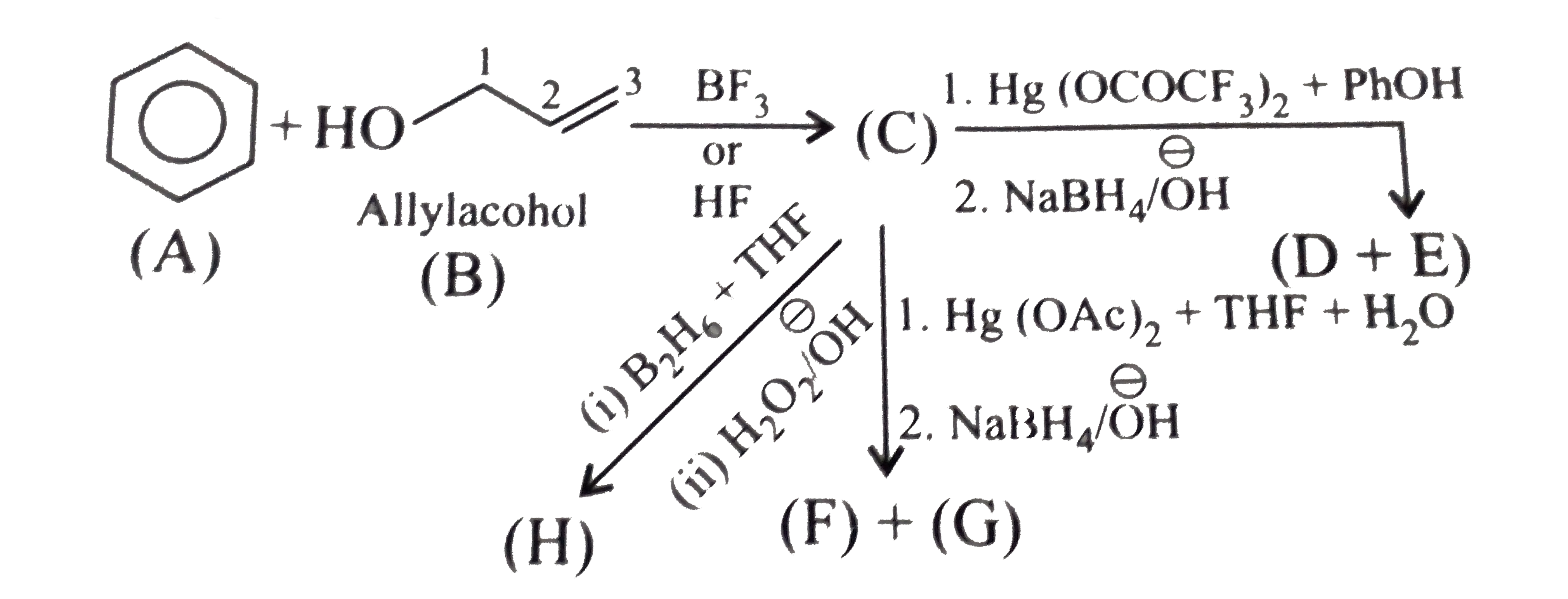
The compound (G) and (H), respectively, are:
A

B

C

D

Video Solution
Text Solution
The correct Answer is:C
|
Topper's Solved these Questions
- ALCOHOL,PHENOL AND ETHERSBOOK - CENGAGE CHEMISTRY ENGLISHCHAPTER - ALCOHOL,PHENOL AND ETHERSEXERCISE - Exercises Multiple Correct
24 Videos
- ALCOHOL,PHENOL AND ETHERSBOOK - CENGAGE CHEMISTRY ENGLISHCHAPTER - ALCOHOL,PHENOL AND ETHERSEXERCISE - Exercises Single Correct
72 Videos
- ALCOHOL,PHENOL AND ETHERSBOOK - CENGAGE CHEMISTRY ENGLISHCHAPTER - ALCOHOL,PHENOL AND ETHERSEXERCISE - Exercises Concept Application
33 Videos
- ALIPHATIC AND AROMATIC ALDEHYDES AND KETONESBOOK - CENGAGE CHEMISTRY ENGLISHCHAPTER - ALIPHATIC AND AROMATIC ALDEHYDES AND KETONESEXERCISE - Archives Subjective
26 Videos
Similar Questions
BariumadipateDrydistillation−−−−−−−−→(A)MeCO3H−−−−−→(B)
The compounds (A) and (B), respectively, are:
View Solution
The compound (G) is :
View Solution
The compound (G) is:
View Solution
The compound (G) is:
View Solution
The reaction and mechanism involved in the formation of compound (H) form (A), respectively, are:
View Solution
The compound (H) is:
View Solution
The compound (H) is:
View SolutionAn organic compound A–– react with sodium to form another compound B–– . The compound A–– when heated with concentrated H2SO4 forms diethyl ether . The compound A–– and B–– are respectively
View Solution
Compound (G) is:
View Solution
Compound (G) is:
View Solution



